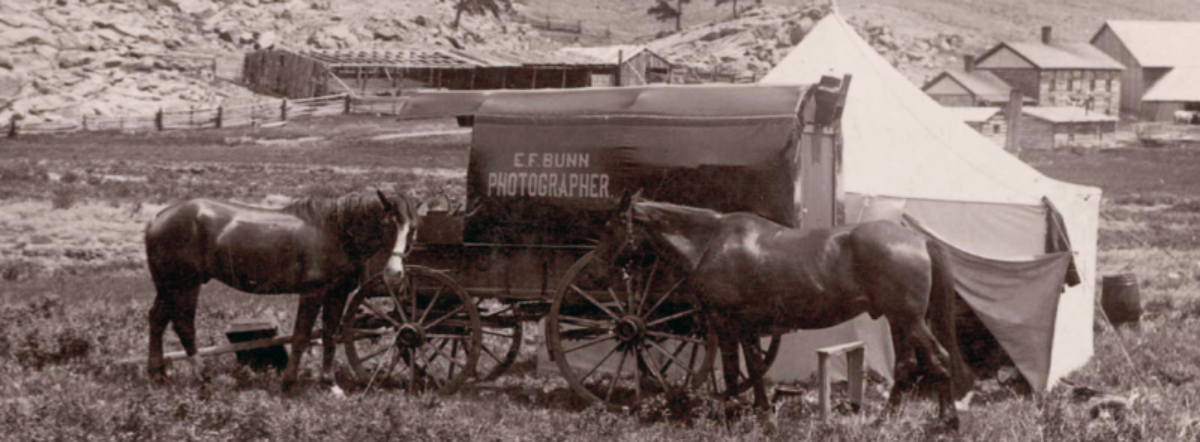Women in the 19th century had limited occupational opportunities. Many unmarried women and widows struggled to earn a living and often relied on their extended family for financial support. Some of the occupations open to women at the time included teaching, sewing, cooking, nursing, running boarding houses and photography.

.

Mary P. Dudley was born in Wapello County, Iowa, on December 23, 1859, to Charles S. Dudley and Polly Angeline Dennison Dudley. As early settlers in the area, the Dudley’s owned property in the city of Agency, Iowa, as well as more than 800 acres outside the city limits. (The History of Wapello County, Iowa: Containing a History of the County, Its Cities, Towns, … History of the Northwest, History of Iowa … Chicago: Western Historical Company, 1878, p. 611
According to the 1880 federal census, Mary taught school in Agency. In August of that year Mary’s father died, followed by her mother in 1888. At least five of Mary’s nine siblings were also deceased by this time.
Mary’s whereabouts are unknown until 1893 when Colorado State Business Directory lists her as a photographer in Grand Junction, Colorado. She relocated to Boulder in May 1894, purchasing C. W. Biles’ photography studio, over Rachofsky’s millinery store on Pearl St. Miss Dudley specialized in studio portraiture. Her advertisements in University of Colorado’s Silver and Gold (October 3, 1894, p. 12) offered Minnettes ($1.00 per dozen) and Cabinettos ($1.50 per dozen), smaller card formats than the traditional cabinet card.

In August 1895, Dudley hired Frank Oiler to assist her in the studio. Oiler came highly recommended by Denver photographers F. A. Rinehart and Charles Nast. In October, 1895, Miss Dudley sold her gallery to the Black Sisters and left for Ottumwa, Iowa, in an effort to regain her health.

Sadly, Mary Dudley committed suicide in Agency, Iowa, on November 19, 1895, cutting herthroat with a butcher knife. Miss Dudley was buried in Agency Cemetery, Agency, Iowa.

Anna E. Black (1867-1931) and her sister, Mary “Minnie” C. Black (1872-1899) were born in Illinois to Cochran S. Black and Helen Gertrude Wyman Black. The family moved to Beatrice, Nebraska, in the late 1870s, where Cochran operated a flour mill.

Anna studied at the Art Institute of Chicago before moving to Boulder in September 1895. She planed to teach oil and china painting, but shortly after she arrived in town, Anna and her sister Minnie purchased Mary Dudley’s photography studio. The Black Sisters excelled at portraiture. They maintained their studio until 1898, then both sisters returned to Beatrice, Nebraska. Minnie died the following year. I have not found any records about Anna’s life in Nebraska.

To see more photographs by Mary Dudley and the Black Sisters, you can search here. https://localhistory.boulderlibrary.org I recommend using a broad search on “Dudley” and “Black Sisters.”
Special thanks to Barbara Buchman and Sarah Vlasity at Boulder’s Carnegie Library for Local History, Stephanie Fletcher, Ryerson & Burnham Libraries, The Art Institute of Chicago and Beverly Brannan, recently retired photography curator, Library of Congress.




